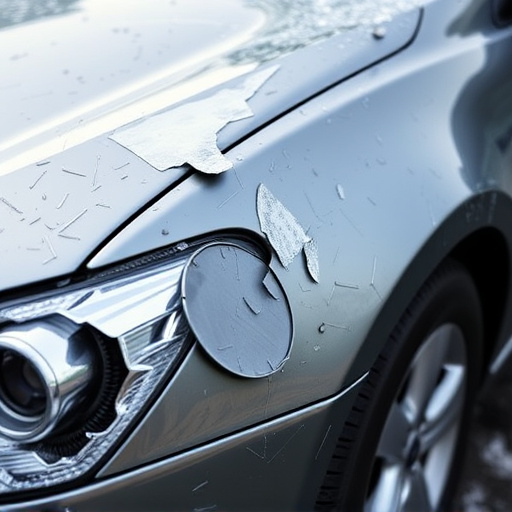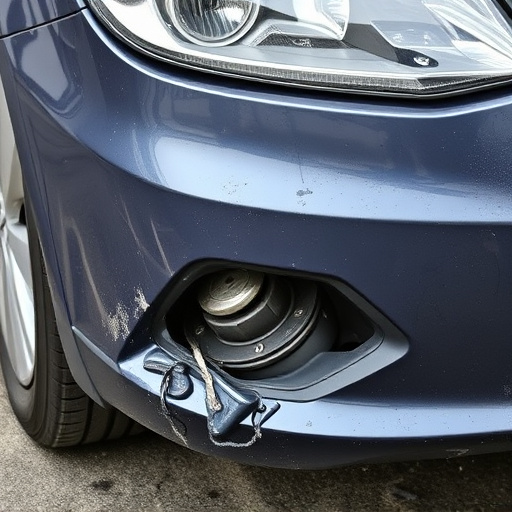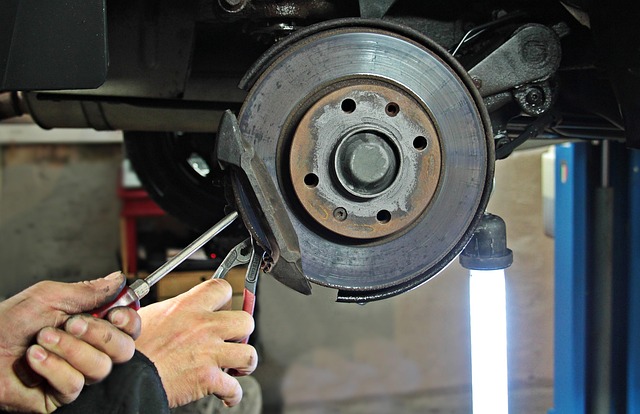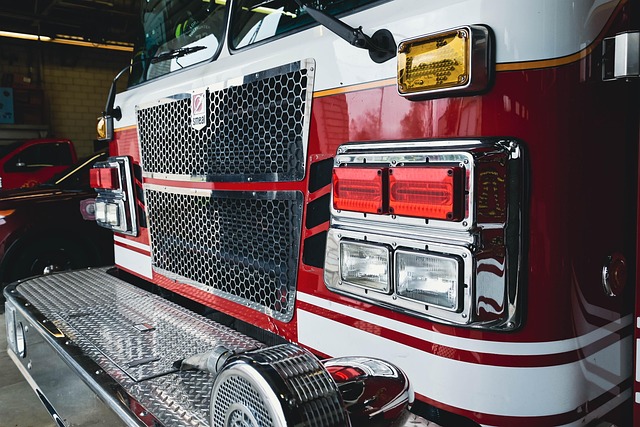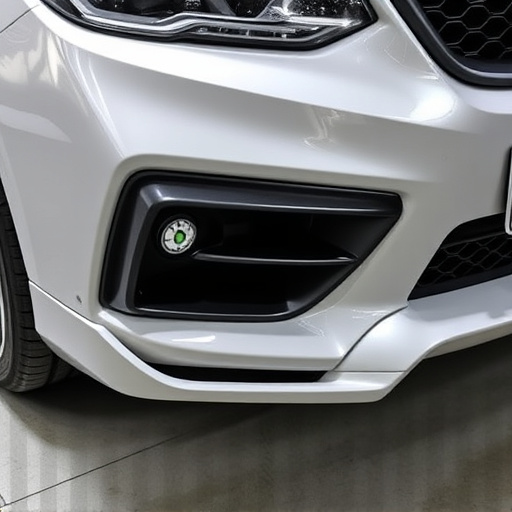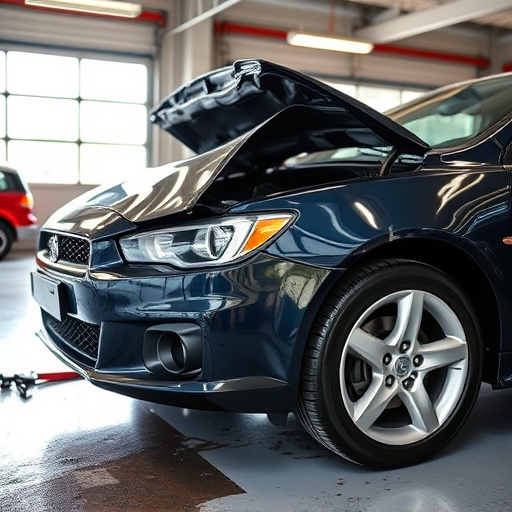Tesla falcon wing door repair is crucial for ensuring safe operation of Model S and X vehicles. Common issues include sensor malfunctions like faulty proximity, radar, and optical sensors. Repairs range from simple DIY fixes using tools like replacement sensors, wire connectors, and a multimeter to complex professional replacements, including tire services, for optimal performance.
Struggling with sensor malfunctions on your Tesla Falcon Wing doors? This comprehensive guide is your solution. We demystify the intricate sensors that control these innovative doors, uncovering common issues like power fluctuations and interference. Armed with this knowledge, you’ll learn a step-by-step repair process to optimize performance and ensure smooth, autonomous operation. Discover expert tips for successful Tesla falcon wing door repair and restoration of seamless functionality.
- Understanding Tesla Falcon Wing Door Sensors
- Common Sensor Malfunction Issues Identified
- Step-by-Step Repair Guide for Better Performance
Understanding Tesla Falcon Wing Door Sensors

The Tesla Falcon Wing doors, a striking feature on many Model S and X vehicles, are equipped with intricate sensors that ensure smooth, safe operations. These sensors play a crucial role in detecting obstacles, monitoring vehicle dynamics, and enabling automated driving functions. However, like any complex system, they can malfunction, leading to issues like unexpected opening or closing, or even failure to respond. When these sensor problems occur, it often signals the need for a Tesla falcon wing door repair.
Understanding how these sensors work is key in diagnosing and fixing such issues. The doors use a combination of ultrasonic and camera-based sensors that communicate with the vehicle’s central computer to interpret surroundings. Any glitch in this system can disrupt normal functioning. Therefore, a thorough checkup by professionals familiar with both automotive restoration and modern electric vehicle technology is necessary for effective Tesla falcon wing door repair. This involves not just replacing faulty sensors but also ensuring proper alignment and calibration for seamless integration with the vehicle’s overall systems, including tire services for optimal performance.
Common Sensor Malfunction Issues Identified
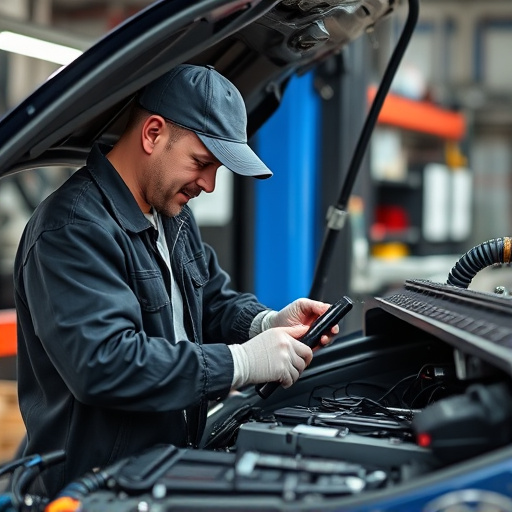
Tesla Falcon Wing Door repairs often involve addressing sensor malfunctions, a common issue that can lead to various problems for these innovative vehicles. These sensors are integral to the smooth operation of the unique falcon wing doors, ensuring they open and close safely and accurately. Common issues include faulty proximity sensors, which may cause the doors to stick or fail to respond to commands; misaligned radar sensors, resulting in inaccurate detection of obstacles; and compromised optical sensors that can lead to misjudged opening heights.
Proper diagnosis is key to effective Tesla falcon wing door repair. Mechanics skilled in automotive repair techniques employ a combination of visual inspections and advanced diagnostic tools to identify the exact cause. Once the problem sensor is located, repair options vary from simple scratch repairs for minor issues to more complex replacement parts, such as auto glass replacement for damaged radar sensors. Efficient troubleshooting and timely repairs are crucial to maintaining the safety and functionality of these distinctive door systems.
Step-by-Step Repair Guide for Better Performance

Following a faulty sensor malfunction in your Tesla Falcon Wing door, attempting a do-it-yourself (DIY) repair can be a cost-effective and empowering experience for any car enthusiast. Before you begin, gather all necessary tools and materials, including replacement sensors, wire connectors, and a multimeter for diagnosis. The process involves several straightforward steps. First, carefully locate the affected door sensor, typically positioned near the edge of the door panel. Next, isolate the sensor by disconnecting it from its wiring harness using a pair of needle-nose pliers or similar tool. Once exposed, inspect the sensor for any visible damage or debris that might be causing the malfunction.
If the sensor appears intact, proceed with a paintless dent repair technique to reshape any warped metal around the sensor housing, ensuring optimal contact and functionality. This can often be achieved using specialized tools and techniques available at reputable auto body shops. After successfully repairing or replacing the sensor, reattach it to its wiring harness and double-check all connections for security. Finally, test the door’s operation thoroughly, confirming that all sensors are functioning properly before driving your Tesla again.
Repairing a Tesla Falcon Wing door’s sensor malfunctions is a key step in ensuring smooth operation and enhanced safety. By understanding the sensors’ functions, identifying common issues, and following a detailed repair guide, owners can effectively address these problems. With a bit of technical knowledge and the right tools, you can significantly improve your Tesla’s performance and avoid costly repairs. For any challenges encountered during the process, consider seeking expert assistance for a seamless Tesla falcon wing door repair.
